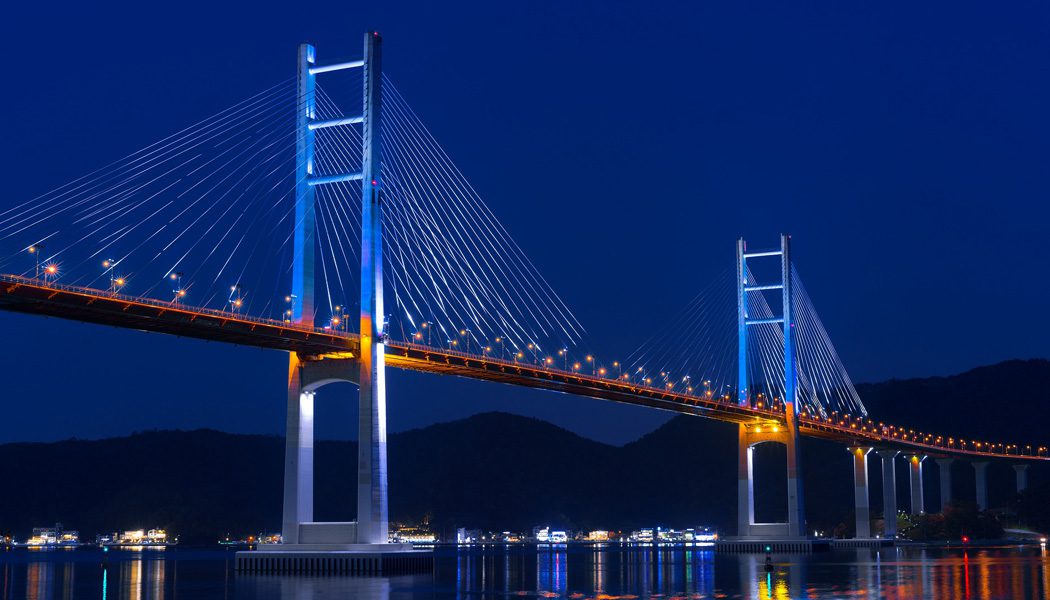TeleGeography, a leading telecommunications market research and consulting company, has just released its brand new Submarine Cable Map and Africa Telecom Map for the year 2022, both sponsored by Telecom Egypt.
These new designs involve cables combining construction cost of $12 billion that entered service between 2016 and 2021. New cables were deployed during this time frame in each of the major subsea routes.
Investments are expected to continue on all global routes. After three straight years (2016-2018), where new subsea cable expenses exceeded $2.2 billion, annual investments began to fluctuate in 2019. Looking ahead, planned new cable investments could exceed $10 billion from 2022-2024.
Subsea cable spending that TeleGeography projects will strengthen as hyperscalers shift their positions from creating demand to generating supply.
“Our research has shown constant advancement year-on-year, as pressure for bandwidth continues to grow,” said Alan Mauldin, Research Director at TeleGeography. “Content providers’ international bandwidth growth has accelerated as of late. Companies like Meta, Microsoft, and Netflix have millions of users who are driving up demand every day.”
TeleGeography’s regional Africa Telecom Map highlights 71 cable systems connected to Africa that are currently active or under construction. The map includes bandwidth used, pricing trends, internet capacity, and content provider investments in both cable systems and cloud data centers. Broadband and mobile penetration rates for each country are also included in the key launch.
“The value of regionalizing our maps is that we can explore the trends in greater depth,” said Mauldin. “For example, we can see in our latest regional map of Africa that Europe remains the dominant location for traffic exchange out of the continent and 80% of international bandwidth from African countries connects to facilities in Europe.”
Notable cables in this new design include the African submarine cable consortium project in Africa, which will span 45,000 km and connect 33 countries in Africa, the Middle East and Europe. This new cable could enter service by 2023. It also includes Google’s private cable Equiano, which will initially connect Portugal, Namibia, Nigeria, Togo, South Africa, and St. Helena, but may expand to several other countries.
Read Next: How Indian cities are becoming hotspots of the data center industry – report by JLL








